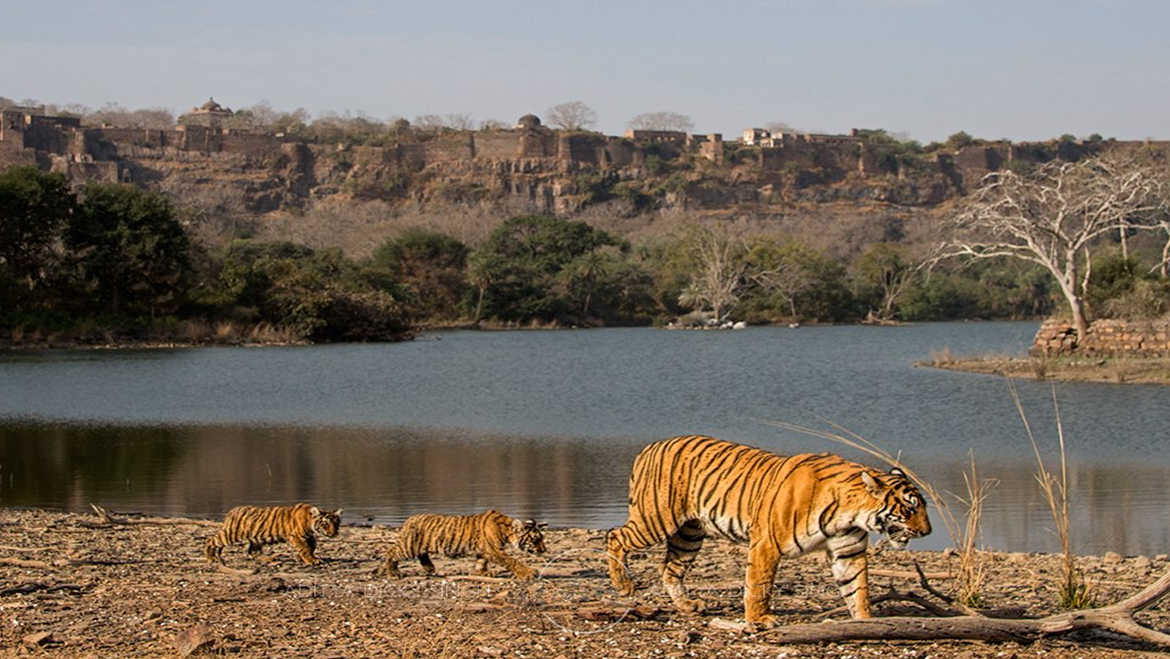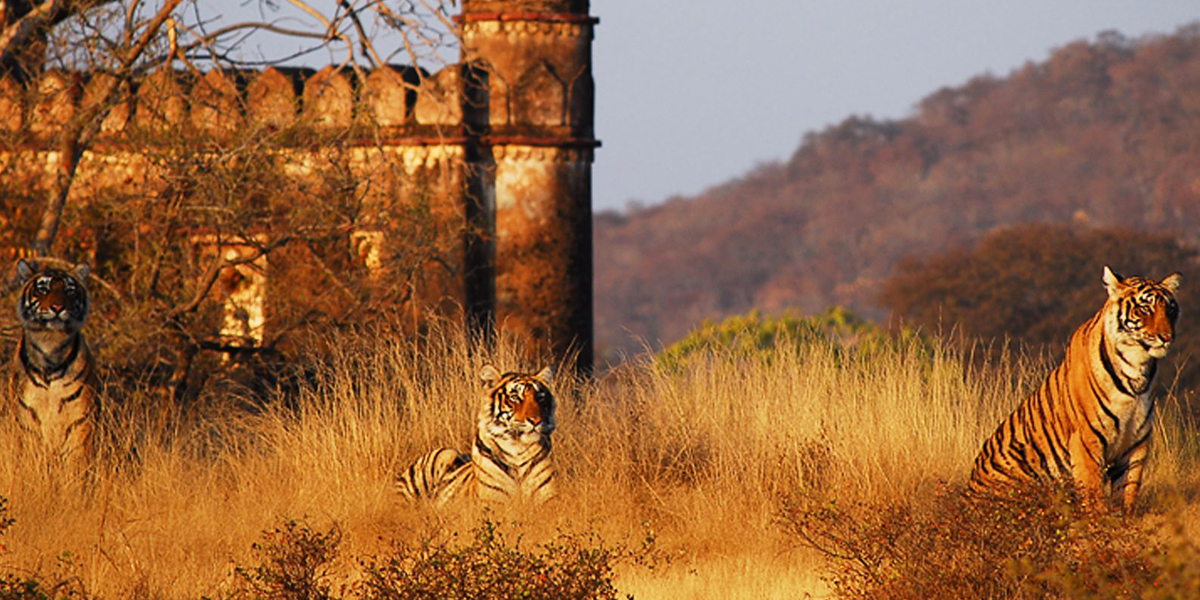Tucked away in the rugged landscapes of southeastern Rajasthan, Ranthambore Tiger Reserve is a place where the roar of the tiger echoes across ancient ruins, and the dense forest hides stories both wild and historic. A destination that draws wildlife lovers, photographers, and culture buffs alike, Ranthambore offers one of India’s richest and most dramatic safari experiences.




History
The area around Ranthambore was once the royal hunting grounds of the Jaipur Maharajas. In 1955, it was declared the Sawai Madhopur Sanctuary and later became part of Project Tiger in 1974. By 1980, Ranthambore was designated as a National Park, named after the ancient Ranthambore Fort that overlooks the reserve.
Geography & Ecosystem
The reserve lies in the Sawai Madhopur district in Rajasthan, bounded by the Banas River to the north and the Chambal River to the south. Spanning over 1,334 sq km, it features dry deciduous forests, rocky outcrops, and tranquil lakes, making it an ideal tiger habitat.
Wildlife
Ranthambore is home to the majestic Bengal tiger, along with leopards, sloth bears, striped hyenas, and jackals. The park also supports rich populations of sambar deer, chital, nilgai, and a variety of birds including eagles, kingfishers, and herons.
Things to Do
- Jeep and Canter Safaris – Explore the forest through guided safaris.
2. Visit Ranthambore Fort – A UNESCO World Heritage Site offering panoramic views.
3. Photography – Capture stunning shots of wildlife and landscapes.
4. Birdwatching – Over 270 species of birds await keen observers.
Best Time to Visit
The park is open from October to June. Winter months offer pleasant weather, while the dry summer season increases tiger sighting chances.
Conservation Efforts
Ranthambore stands as a success story of India’s tiger conservation under Project Tiger. However, it continues to face challenges like poaching and human-wildlife conflict, requiring constant monitoring and community involvement.